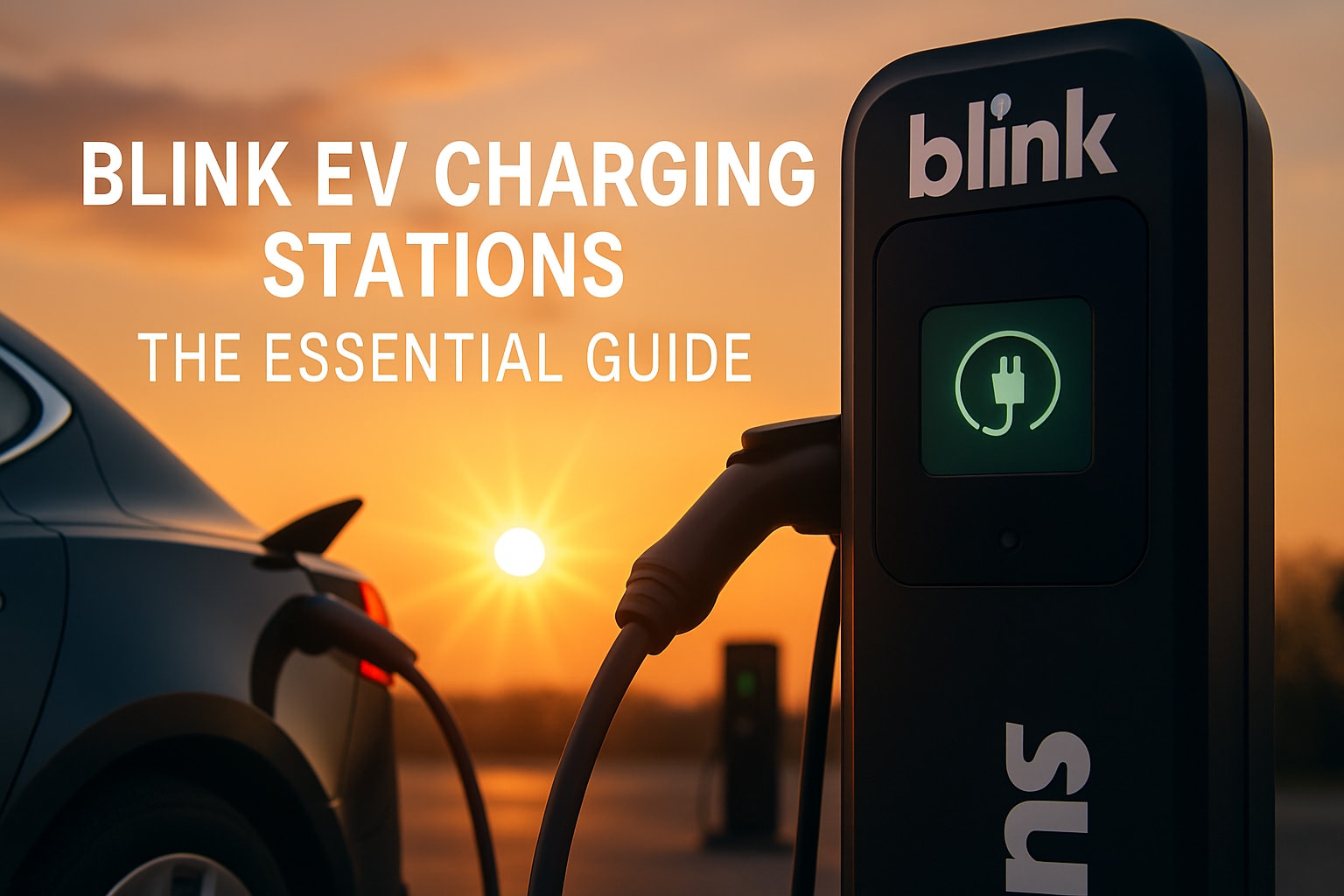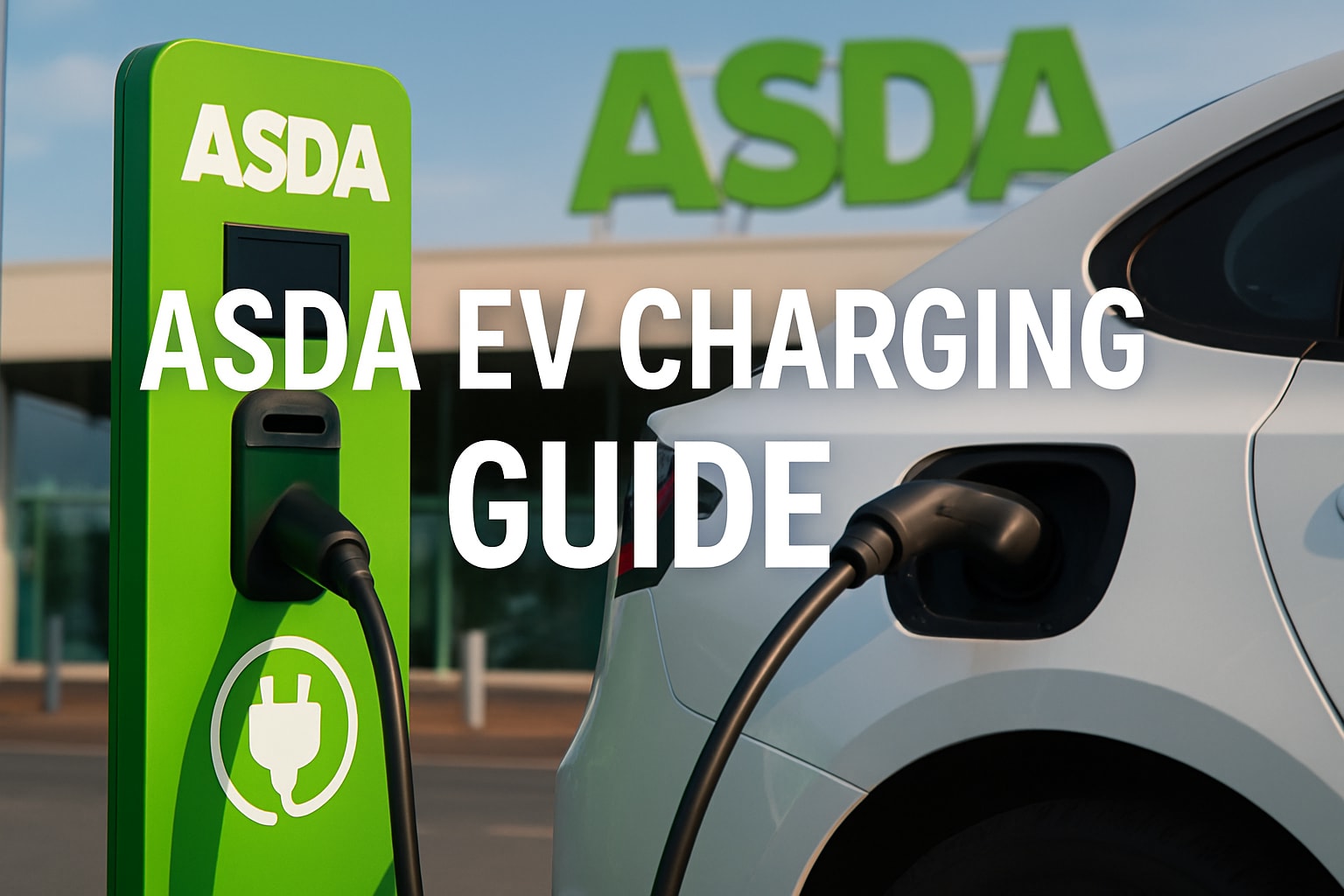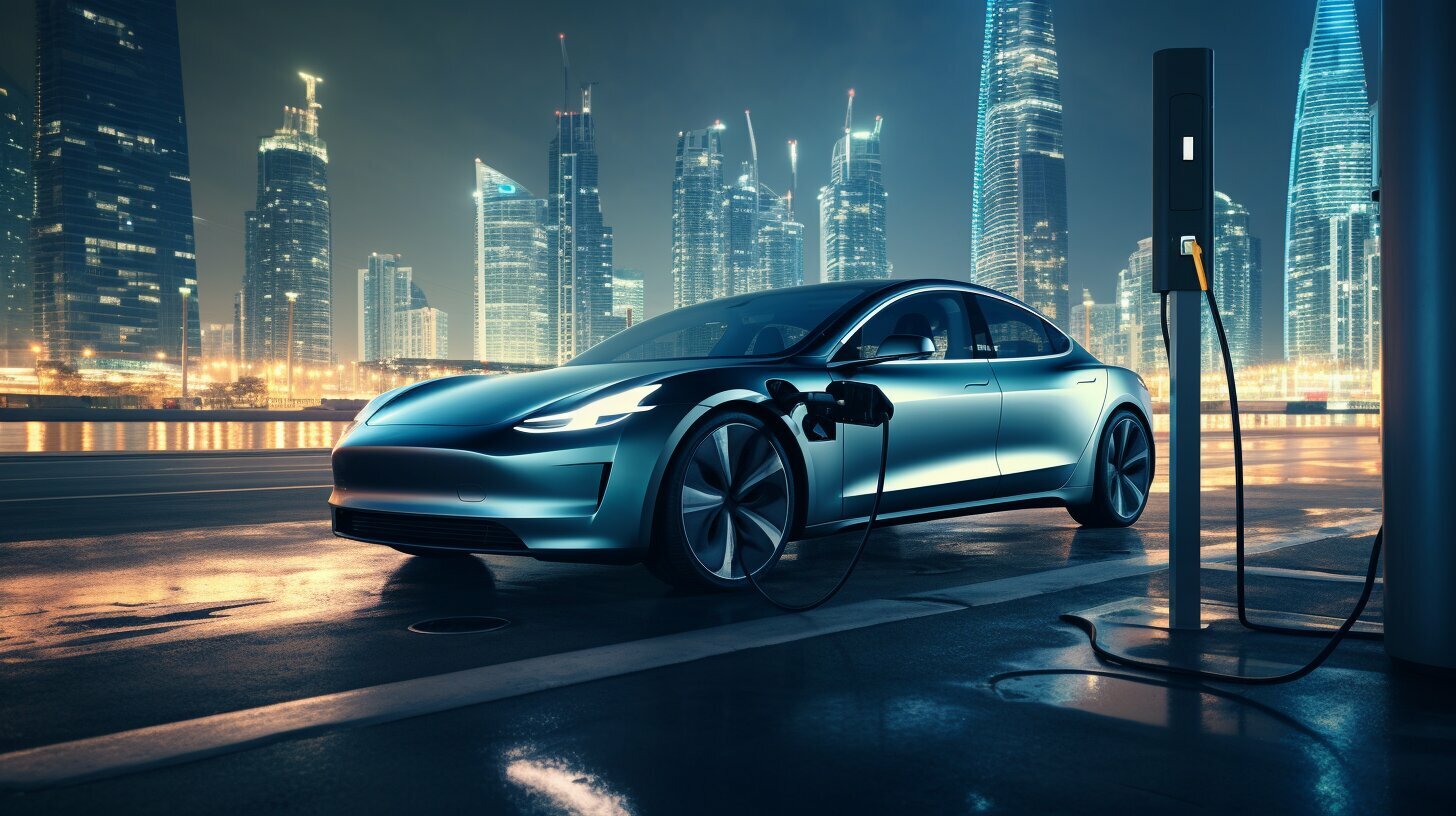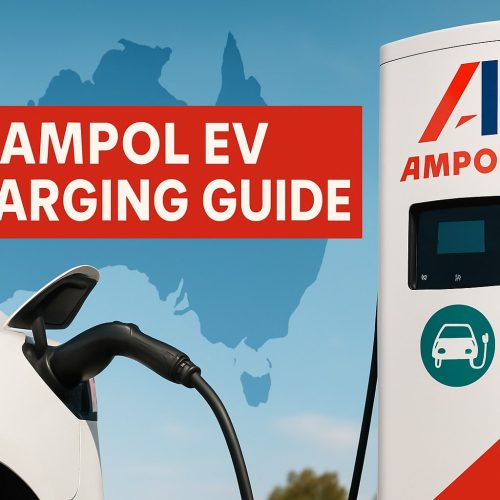Fast charging is a game-changer for electric vehicle owners, offering a convenient and efficient way to charge their vehicles quickly. It is crucial for the widespread adoption of electric vehicles (EVs) and provides several benefits, including convenience, reduced range anxiety, and energy efficiency.
Key Takeaways:
- Fast charging is crucial for the widespread adoption of electric vehicles.
- It provides convenience, reduces range anxiety, and promotes energy efficiency.
- Methods and technologies like higher power capacity charging stations, advancements in battery technology, and vehicle-to-grid (V2G) technology accelerate charging speeds.
- High-speed EV charging stations have revolutionized the industry by reducing charging times and improving accessibility.
- Factors affecting charging speed include the power output of the charging station, vehicle type and battery capacity, simultaneous charging, temperature, and state of charge.
Advantages of Fast Charging for Electric Vehicles
Fast charging for electric vehicles offers numerous advantages, from reduced charging time to increased convenience and accessibility. With the rapid growth of electric vehicle usage, the need for efficient charging solutions has become crucial. Fast charging stations, also known as high-speed EV charging stations, have revolutionized the industry and transformed the experience of driving electric vehicles.
“Fast charging stations have revolutionized the electric vehicle industry, reducing charging times and improving accessibility, ultimately leading to a wider adoption of EVs.”
One of the key advantages of fast charging is the significant reduction in charging time. Unlike traditional charging methods that can take hours to fully charge an electric vehicle, high-speed charging stations can charge an EV battery up to 80% in just 20-30 minutes. This not only saves time but also eliminates the range anxiety that many electric vehicle owners may experience.
Moreover, the improved accessibility offered by high-speed EV charging stations has played a crucial role in the adoption of electric vehicles. With an increasing number of charging stations located in public areas, drivers have greater flexibility and convenience when it comes to charging their vehicles. This accessibility factor eliminates the worry of finding a suitable charging point, making electric vehicles a more viable option for daily commuting and long-distance travel.
As the demand for fast charging for electric vehicles continues to grow, advancements in technology are constantly being made to accelerate charging speeds. Higher power capacity charging stations, advancements in battery technology, and vehicle-to-grid (V2G) technology are some of the key methods being implemented to enhance the overall charging experience. These advancements not only increase the speed at which electric vehicles can be charged but also promote energy efficiency, making them a sustainable and eco-friendly transportation option.
| Advantages of Fast Charging for Electric Vehicles |
|---|
| Reduced charging time |
| Increased convenience and accessibility |
| Promotes energy efficiency |
Methods and Technologies for Accelerating Charging Speeds
The charging speed of electric vehicles can be accelerated through various methods and technologies, including advancements in charging station power capacity and battery technology. Higher power capacity charging stations are capable of delivering more electricity to the vehicle, resulting in faster charging times. These stations typically have power outputs ranging from 50kW to 350kW, significantly reducing the time required to charge an electric vehicle.
In addition to higher power capacity charging stations, advancements in battery technology have also contributed to faster charging speeds. Newer generations of electric vehicle batteries are designed to handle higher charging rates, allowing for quicker replenishment of energy. These batteries are also more efficient, enabling improved energy transfer during the charging process.
Another promising technology for accelerating charging speeds is vehicle-to-grid (V2G) technology. V2G systems allow electric vehicles to not only charge from the grid but also discharge electricity back into it when needed. This two-way flow of energy can help optimize the charging process, making it more efficient and potentially reducing charging times.
Advancements in Charging Station Power Capacity
Advancements in charging station power capacity have been instrumental in accelerating the charging speeds of electric vehicles. The introduction of ultra-fast charging stations, with power outputs exceeding 100kW, has significantly reduced the time required for a full charge. For example, a high-power charging station with a power output of 350kW can charge an electric vehicle battery up to 80% in just 20-30 minutes.
Battery Technology
The development of advanced battery technology has played a crucial role in accelerating charging speeds. Newer electric vehicle batteries are designed to handle higher charging rates, allowing for quicker replenishment of energy. These batteries also have improved energy density, meaning they can store more energy within the same physical space. Furthermore, advancements in battery management systems have enhanced the overall efficiency and safety of the charging process.
Vehicle-to-Grid (V2G) Technology
Vehicle-to-grid (V2G) technology is an innovative solution that enables electric vehicles to not only consume energy from the grid but also supply it back. This bidirectional energy flow can be utilized to optimize the charging process, making it more efficient and reducing charging times. By integrating with smart grid systems, V2G technology can ensure that electric vehicles charge when energy demand is low and discharge when demand is high, contributing to overall grid stability and reliability.
| Methods and Technologies | Advantages |
|---|---|
| Higher Power Capacity Charging Stations | – Reduced charging times – Enhanced convenience for EV owners |
| Advancements in Battery Technology | – Quicker replenishment of energy – Improved energy transfer efficiency |
| Vehicle-to-Grid (V2G) Technology | – Optimized charging process – Potential reduction in charging times |
Revolutionizing the Industry with High-Speed Charging Stations
High-speed charging stations have revolutionized the electric vehicle industry by significantly reducing charging times and enhancing accessibility for EV owners. These stations have played a vital role in promoting the widespread adoption of electric vehicles by addressing one of the main concerns: charging time. With high-speed charging, EV owners no longer need to wait for hours to charge their vehicles fully.
One of the key advantages of high-speed charging stations is their ability to charge an EV battery up to 80% in just 20-30 minutes. This dramatic reduction in charging time has transformed the way people perceive and use electric vehicles. EV owners can now plan their trips more efficiently, knowing that they can easily recharge their vehicles during a brief stop at a charging station. The convenience and time-saving benefits provided by high-speed charging have eliminated range anxiety and made electric vehicles a practical and viable option for many.
Furthermore, the rapid growth of high-speed charging infrastructure has significantly improved the accessibility of EV charging for drivers. There is now an extensive network of high-speed charging stations, making it easier than ever to find a charging point during long trips or in urban areas. The availability of rapid charging infrastructure has increased the convenience and confidence of EV owners, allowing them to travel longer distances with peace of mind.
| Advantages of High-Speed Charging Stations |
|---|
| Significantly reduces charging times |
| Eases range anxiety and allows for better trip planning |
| Enhances accessibility with a growing network of charging stations |
| Facilitates longer distance travel for EV owners |
Future Implications
The impact of high-speed charging stations goes beyond the present, as it paves the way for a future where electric mobility becomes the norm. The rapid development of rapid charging infrastructure encourages more EV owners, as well as fleet operators, to switch to electric vehicles. As the demand for EV charging continues to grow, the network of high-speed charging stations will expand, ensuring that drivers have convenient access to charging points wherever they go.
In conclusion, high-speed charging stations have revolutionized the electric vehicle industry by significantly reducing charging times and enhancing accessibility. These advancements have played a crucial role in boosting the popularity of EVs and driving the transition towards a sustainable, electric future.
Factors Affecting Charging Speed
Several factors can impact the charging speed of electric vehicles, including the power output of the charging station, battery capacity, temperature, and the state of charge. Let’s explore each of these factors in detail:
- Power Output: The power output of the charging station plays a crucial role in determining the charging speed. Higher power capacity charging stations can deliver more electricity to the vehicle, resulting in faster charging times. EV owners should look for charging stations that support high-power charging to maximize charging efficiency.
- Battery Capacity: The size and capacity of the vehicle’s battery are key factors in charging speed. EVs with larger batteries typically take longer to charge compared to those with smaller batteries. It’s important to consider the battery capacity when planning for charging times and choosing appropriate charging stations.
- Temperature: Temperature can significantly impact the charging speed. Cold temperatures slow down the chemical reactions within the battery, leading to slower charging times. Conversely, high temperatures can cause the battery to heat up, which may require the charging speed to be lower to prevent overheating. It’s essential to charge EVs in moderate temperature conditions for optimal charging speed.
- State of Charge: The current state of charge of the battery also affects the charging speed. In general, EVs charge faster when the battery is at a lower state of charge. As the battery approaches full capacity, the charging speed typically slows down to protect the battery from overcharging. It’s recommended to start charging when the battery is at a lower state of charge to take advantage of faster charging speeds.
By considering these factors, EV owners can better understand the variables that influence charging speed. This knowledge allows them to make informed decisions when choosing a charging station, optimizing their charging experience, and reducing overall charging time.
Exploring DC Fast Charging
DC fast charging is a game-changer for electric vehicle owners, as it provides faster charging times by delivering direct current to the battery. Unlike AC charging, which goes through an on-board charger, DC fast charging bypasses this step, resulting in significantly reduced charging times. This technology has revolutionized the electric vehicle industry by addressing one of the key concerns of EV owners – the time it takes to charge their vehicles.
DC fast charging stations are equipped with high-power capacity and can charge an EV battery up to 80% in just 20-30 minutes. This means that during a short break, drivers can significantly replenish their vehicle’s battery, allowing for longer trips without the worry of running out of charge. The convenience and time-saving benefits of DC fast charging have made it a crucial component of the growing fast-charging network for EVs.
The Advancements in DC Fast Charging Technology
As the demand for electric vehicles continues to rise, advancements in DC fast charging technology are rapidly evolving. Charging stations are becoming more widely available, and the charging speeds are progressively increasing. Manufacturers are constantly improving the power output of charging stations to meet the needs of EV owners, ensuring that charging times are further reduced. Additionally, ongoing research and development in battery technology are enhancing the efficiency of charging and overall battery performance, contributing to faster charging times.
Moreover, the introduction of vehicle-to-grid (V2G) technology is revolutionizing how EVs interact with the power grid. V2G allows electric vehicles to not only charge from the grid but also supply excess energy back to the grid, contributing to a more sustainable and efficient energy ecosystem. This technology is a significant step toward a more interconnected and adaptive electricity network.
The Future of DC Fast Charging
The future of DC fast charging looks promising. With ongoing advancements in technology and the commitment to establishing a robust charging infrastructure, electric vehicles are becoming more accessible and practical for everyday use. The fast-charging network for EVs, fueled by DC fast charging, will continue to expand, offering drivers the convenience and peace of mind needed to fully embrace electric mobility.
| Advantages of DC Fast Charging | Disadvantages of DC Fast Charging |
|---|---|
| Significantly reduced charging times | Higher installation and infrastructure costs |
| Enhanced convenience and reduced range anxiety | Charging speeds may vary depending on the vehicle model and the state of the battery |
| Promotes energy efficiency | Availability of DC fast charging stations may be limited in certain areas |
DC Fast Charging Standards
There are three popular DC fast charging standards available, namely CHAdeMO, Combined Charging System (CCS), and Tesla Supercharger, each with its own unique features and compatibility. These standards play a crucial role in enabling fast and efficient charging for electric vehicles, providing drivers with a reliable and convenient charging experience.
CHAdeMO: Developed by the CHAdeMO Association, this standard originated in Japan and has gained international recognition. CHAdeMO chargers can deliver high power to the battery, allowing for rapid charging. With thousands of charging stations worldwide, CHAdeMO is compatible with a wide range of electric vehicles, making it a popular choice for EV owners.
Combined Charging System (CCS): Also known as Combo Charging System, CCS is a global standard supported by major automakers. It combines both AC and DC charging capabilities, making it a versatile option. CCS utilizes a single charging port, making it compatible with electric vehicles from different manufacturers. With its ability to handle high charging power, CCS is rapidly expanding its presence in the EV charging infrastructure.
Tesla Supercharger: Developed by Tesla, the Supercharger network is designed specifically for Tesla vehicles. Tesla Superchargers are capable of delivering exceptionally fast charging speeds, allowing Tesla owners to recharge their vehicles quickly on long-distance journeys. However, it is important to note that Tesla Superchargers are exclusively compatible with Tesla electric vehicles.
Comparison Table of DC Fast Charging Standards
| Standard | Charging Speed | Compatibility | Availability |
|---|---|---|---|
| CHAdeMO | Rapid | Compatible with a wide range of EVs | Global presence with thousands of charging stations |
| CCS | Rapid | Supported by major automakers, compatible with various EVs | Expanding presence in the charging infrastructure |
| Tesla Supercharger | Exceptionally fast | Exclusive to Tesla electric vehicles | Tesla’s extensive Supercharger network |
In summary, the availability of different DC fast charging standards offers EV owners a variety of options when it comes to charging their vehicles. Whether it’s the widespread presence and compatibility of CHAdeMO, the versatility of CCS, or the exceptional charging speed of Tesla Superchargers, these standards are driving the growth of a reliable and efficient charging infrastructure for electric vehicles. With the continued expansion of charging networks and advancements in charging technology, the future of fast and accessible EV charging looks promising.
Conclusion
Fast charging for electric vehicles is a crucial component in the widespread adoption of EVs, offering convenience, reduced charging time, and a more efficient and enjoyable driving experience. The advancements in fast charging technology have revolutionized the industry, making EVs a viable option for a larger population.
High-speed charging stations have played a significant role in promoting the growth of the electric vehicle market. These stations can charge an EV battery up to 80% in just 20-30 minutes, significantly reducing the time spent waiting for a full charge. This accessibility and shorter charging time have addressed the issue of range anxiety, making EVs a practical choice for daily commuting and long-distance travel.
Several factors influence the charging speed of electric vehicles. The power output of the charging station, the type of vehicle and its battery capacity, simultaneous charging, temperature, and the state of charge can all impact the time it takes to charge an EV. By understanding these factors, users can optimize their charging experience and make the most of fast charging capabilities.
DC fast charging, which provides direct current to the battery, has emerged as a game-changer in the EV charging landscape. By bypassing the limitations of on-board chargers, DC fast charging offers significantly faster charging times compared to AC charging. This technology enables EV owners to recharge their vehicles quickly and efficiently, further enhancing the appeal of electric driving.
There are three main types of DC fast charging standards available: CHAdeMO, Combined Charging System (CCS), and Tesla Supercharger. These standards provide compatibility and interoperability across various electric vehicles, ensuring that users have access to fast charging options regardless of their vehicle’s make or model.
In conclusion, fast charging for electric vehicles has unlocked the potential for widespread adoption. With reduced charging times and improved accessibility, the EV industry has experienced exponential growth. As technology continues to advance, fast charging will play a pivotal role in accelerating the transition towards a cleaner and more sustainable future of transportation.
FAQ
Why is fast charging crucial for electric vehicles?
Fast charging provides convenience, reduces range anxiety, and promotes energy efficiency, making it essential for the widespread adoption of electric vehicles.
How does fast charging improve the accessibility of electric vehicles?
High-speed EV charging stations have revolutionized the industry by reducing charging times and improving accessibility. These stations can charge an EV battery up to 80% in just 20-30 minutes.
What methods and technologies accelerate charging speeds for electric vehicles?
Higher power capacity charging stations, advancements in battery technology, and vehicle-to-grid (V2G) technology are key methods and technologies used to accelerate the charging speeds of electric vehicles.
How have high-speed charging stations transformed the electric vehicle industry?
High-speed charging stations have reduced charging times and improved accessibility, leading to a wider adoption of electric vehicles.
What factors affect the charging speed of electric vehicles?
The power output of the charging station, the type of vehicle and its battery capacity, simultaneous charging, temperature, and the state of charge are all factors that can affect the charging speed of electric vehicles.
What is DC fast charging and how does it offer faster charging times?
DC fast charging provides direct current to the battery of electric vehicles, bypassing the limitations of on-board chargers and offering faster charging times compared to AC charging.
What are the different types of DC fast charging standards available?
The three main types of DC fast charging standards available are CHAdeMO, Combined Charging System (CCS), and Tesla Supercharger. These standards have different compatibility with various electric vehicles.








